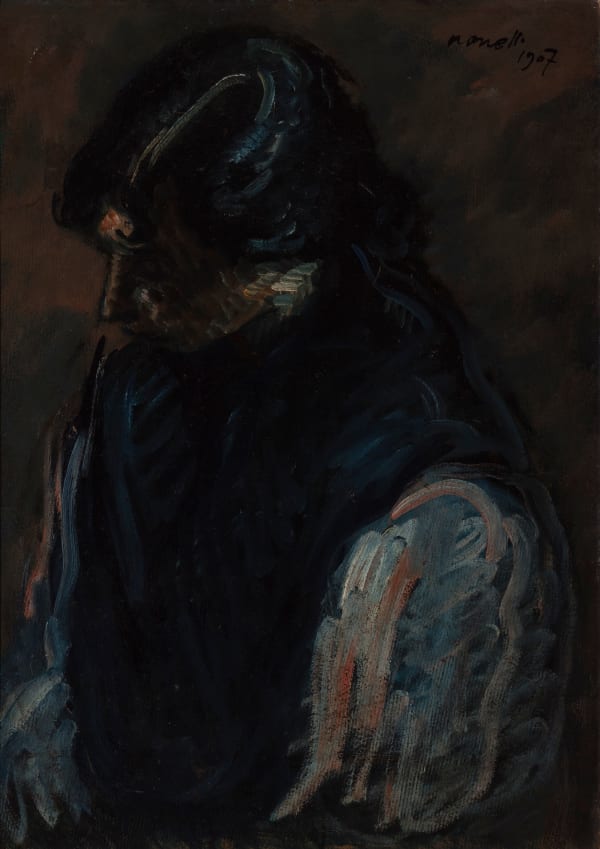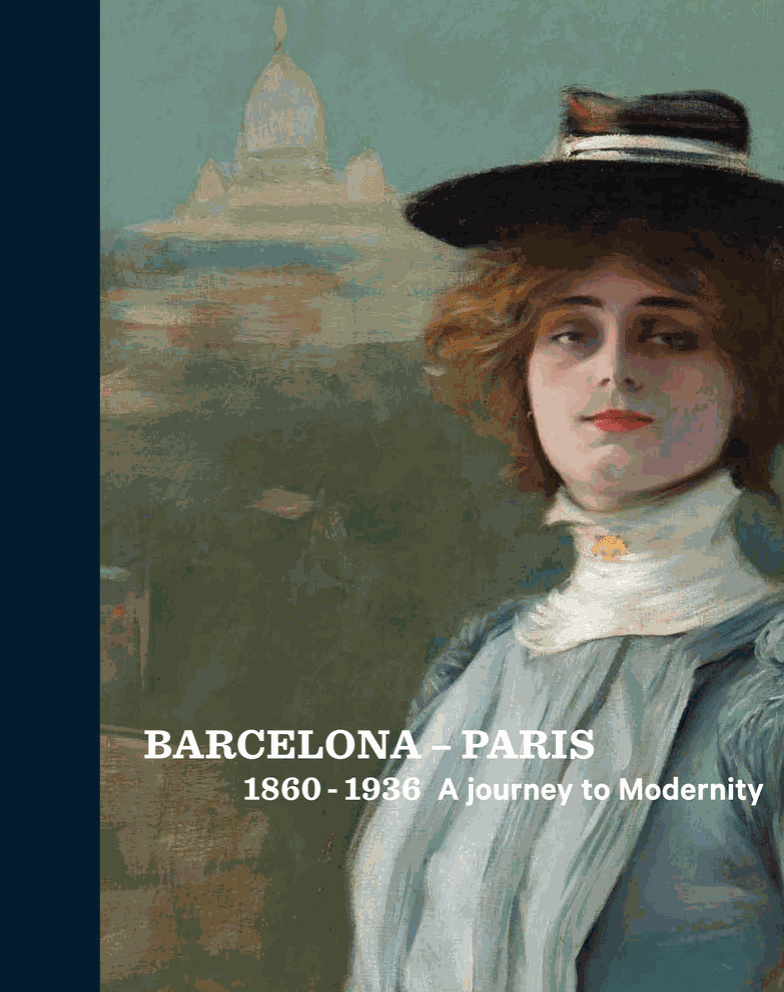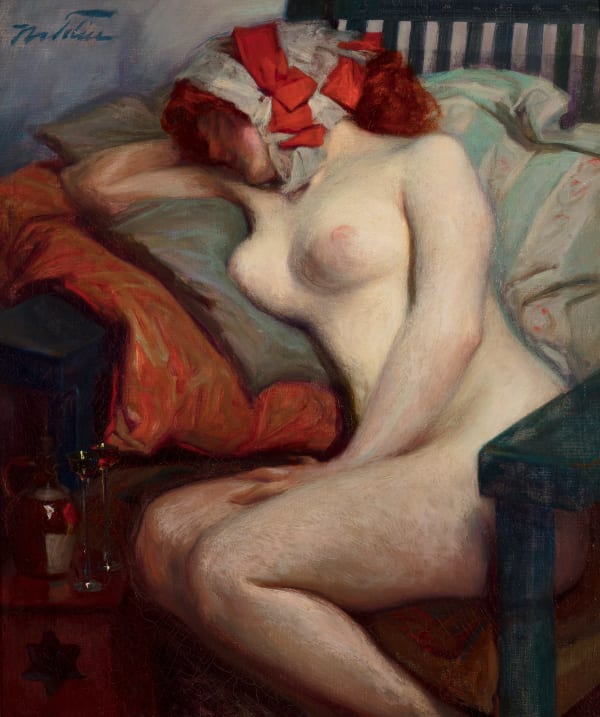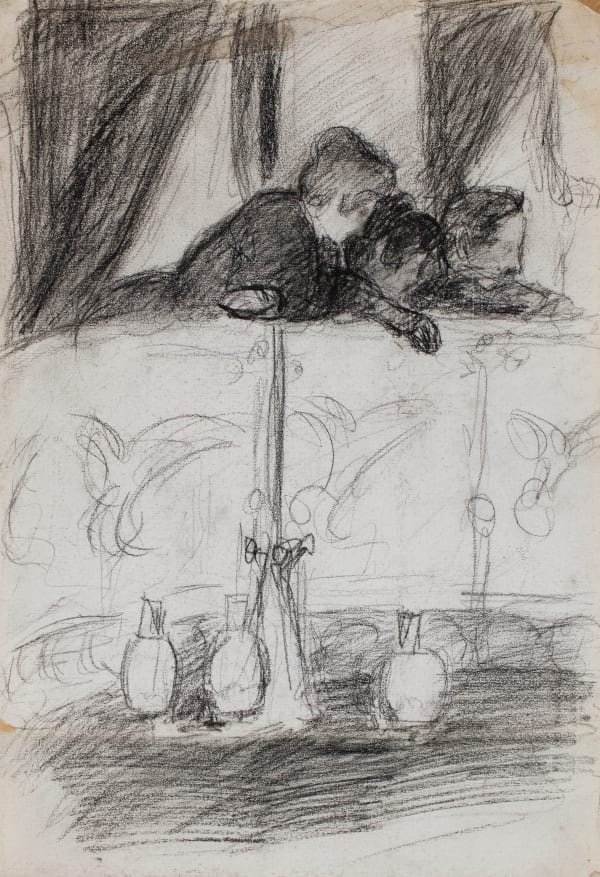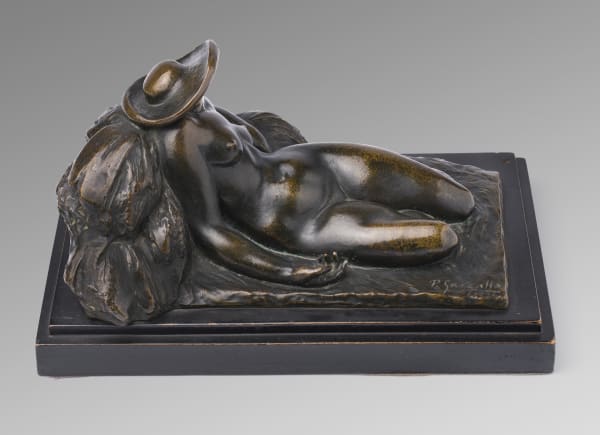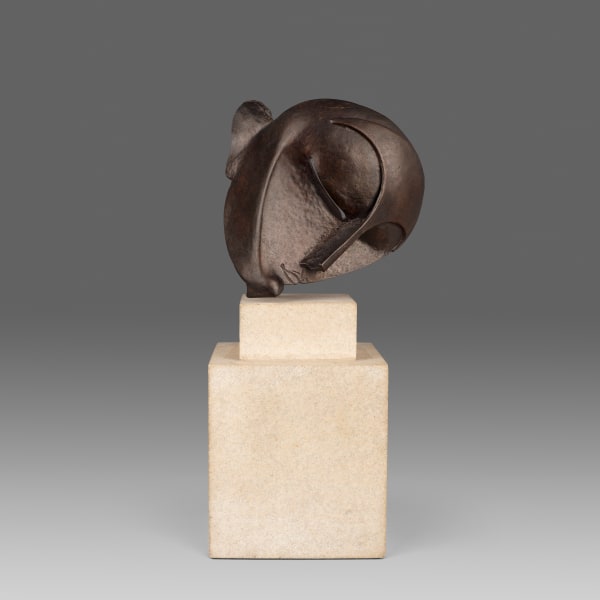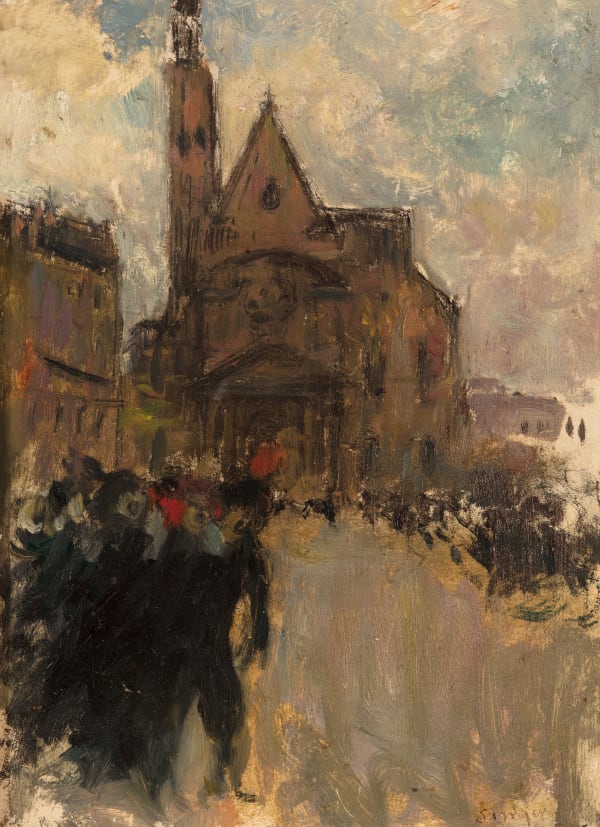-
Introduction
'In fact, Isidre Nonell was extremely influential on Picasso’s Blue Period. And Picasso learned engraving from Joaquim Sunyer. Such episodes are often forgotten by those who, in their praise of Picasso, keep alive the myth that he was born a genius, when an artist can only be explained in his context.'
After the critical and commercial success of two joint exhibitions – The Golden Age of Spanish Modern Art and Spanish Modern Landscapes 1880 - 1950 – held in very difficult circumstances because of the health crisis, the Sala Parés, Artur Ramon Art and Colnaghi continue to work together in their mission to promote, disseminate and export Catalan and Spanish art around the world.
On this occasion, the three galleries present Barcelona – Paris (1860 - 1936). A journey to Modernity, an exhibition focusing on the period between 1860 and 1936 to explore the centripetal force that the city on the Seine exerted on Spanish and Catalan artists in their formative years. If Rome was the capital of Europe for any artist in the first half of the 19th century, when the last echoes of the Grand Tour still resounded, in the second half the capital shifted to Paris. During this period, artists absorbed a variety of languages ranging from Courbet’s realism to the mundane life portrayed by Béraud, via the early stages of Impressionism, when light became colour. Later on, Toulouse-Lautrec and his intimate and personal world, the emergence of Post-Impressionism – with the primitivism of Gauguin and the raw power of Van Gogh, so ahead of his time –, the rediscovery of geometry by Cézanne and of the primary colours by the Fauves, together with Steinlen and Beardsley’s illustrations, among many others, had an even stronger influence on our artists, as can be seen in this exhibition. Artists who drew from these trends and from whom we present carefully selected works, most of which come from private collections and have not been exhibited for many years.
Every century in Spain a genius eclipses everything; in the 19th century it was Goya, in the 20th, Picasso. However, besides these unique figures, there are other artists who knew how to explain their time within the same visual atmosphere. In fact, Isidre Nonell was extremely influential on Picasso’s Blue Period. And Picasso learned engraving from Joaquim Sunyer. Such episodes are often forgotten by those who, in their praise of Picasso, keep alive the myth that he was born a genius, when an artist can only be explained in his context.
Thus, this exhibition aims to be two things at once: a passionate and well-deserved vindication of some valuable artists who are still insufficiently recognised internationally, and a paean to the new normality after the pandemic – a journey in space and time back to Paris when it moved towards Modernity.
-
Exhibition Highlights
-

-

-
 ISIDRE NONELL, Bust Portrait of a Gypsy Woman, 1907View more details
ISIDRE NONELL, Bust Portrait of a Gypsy Woman, 1907View more details -
 PABLO GARGALLO, David, 1934View more details
PABLO GARGALLO, David, 1934View more details -

-

-

-

-
 JOAQUIM SUNYER, Blanchisseuse, Paris, c. 1898 - 1900View more details
JOAQUIM SUNYER, Blanchisseuse, Paris, c. 1898 - 1900View more details -
 JOAQUIM SUNYER, The Theatre, Paris, 1901View more details
JOAQUIM SUNYER, The Theatre, Paris, 1901View more details -

-

-

-

-
 JOSEP DE TOGORES, Portrait of the demoiselles Louise and Berthe Godon, Paris, 1921View more details
JOSEP DE TOGORES, Portrait of the demoiselles Louise and Berthe Godon, Paris, 1921View more details -

HERMEN ANGLADA-CAMARASA, Nocturne, Paris, c. 1900
View more details -

-

-

-
 ISIDRE NONELL, Gypsy Woman, 1906View more details
ISIDRE NONELL, Gypsy Woman, 1906View more details
-
-


